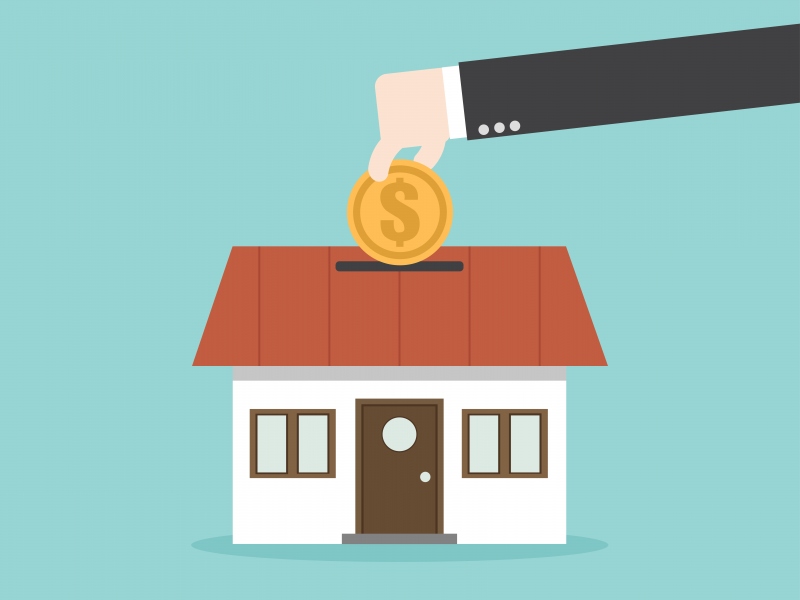What is repo rate in Home Loans?
When you borrow money from a Bank, you pay interest on the home loan amount that you borrowed. Likewise, Banks can borrow money from RBI (central Bank) when there is a cash crunch. The interest paid to RBI by the bank which borrows is called a “repo rate” wherein “repo” stands for ‘repurchasing option’. The money is paid to the bank against eligible securities.
What is reverse repo rate in Home Loans?
“Reverse repo rate” is the mechanism that works in contrast to “repo rate”. It is the rate at which RBI borrows money from commercial Banks. This happens when Banks have excess funds with no lending or investment options. They deposit/lend their surplus funds with/to RBI.
Cut in repo rate
It is worthwhile to note that RBI recently cut the repo rate by 25 basis points (1 basis point = 1/100th of a percentage point) and fixed it at 6.25% p.a. The reverse repo rate also decreased from 6.25% to 6.00%.
Impact of repo rate cut on housing loans
The recent cut in repo rate has triggered optimism among borrowers in the home loan market, with the expectation that floating interest rate is likely to reduce. It is felt that the reduction in repo rate will come as a pleasant surprise to the home loan market and boost investments in the real estate sector. However one needs to note that there is no guarantee that a decrease in repo rate will decrease home loan interest rates.
Irrespective of home loan interest rates prevalent at any point of time, investing in a home with the help of home loan has its merits. Once your home loan eligibility is through, you can realize your prized dream of owning a home, the value of which is always believed to appreciate with time.
